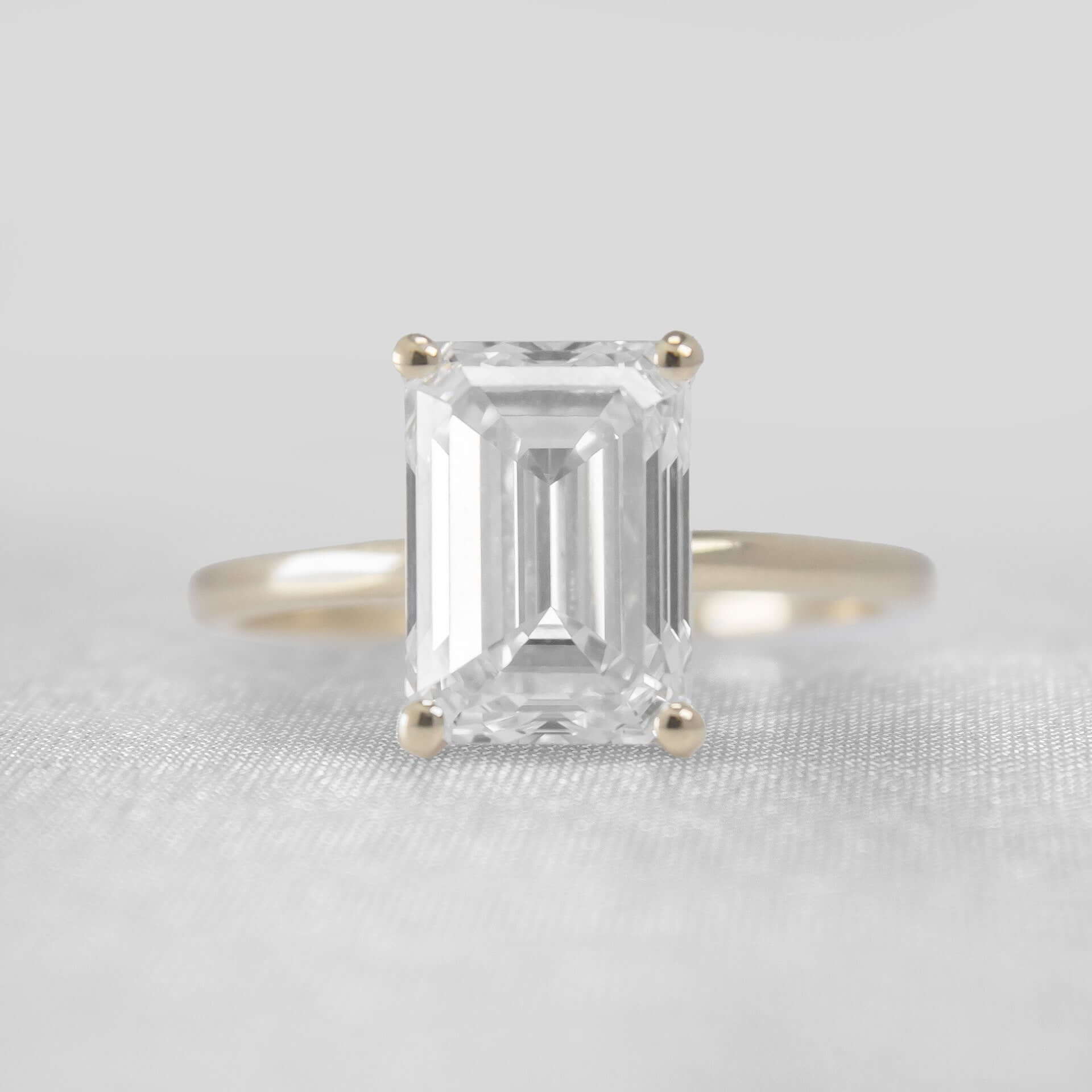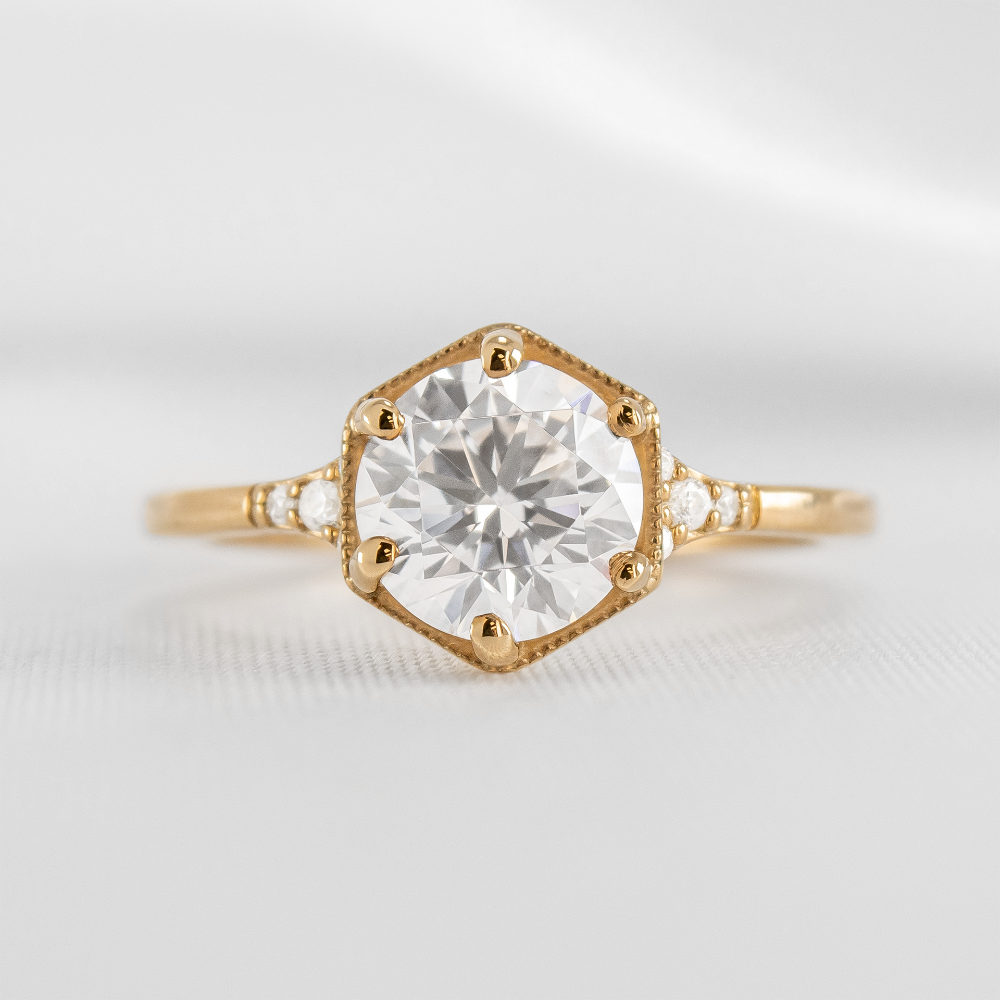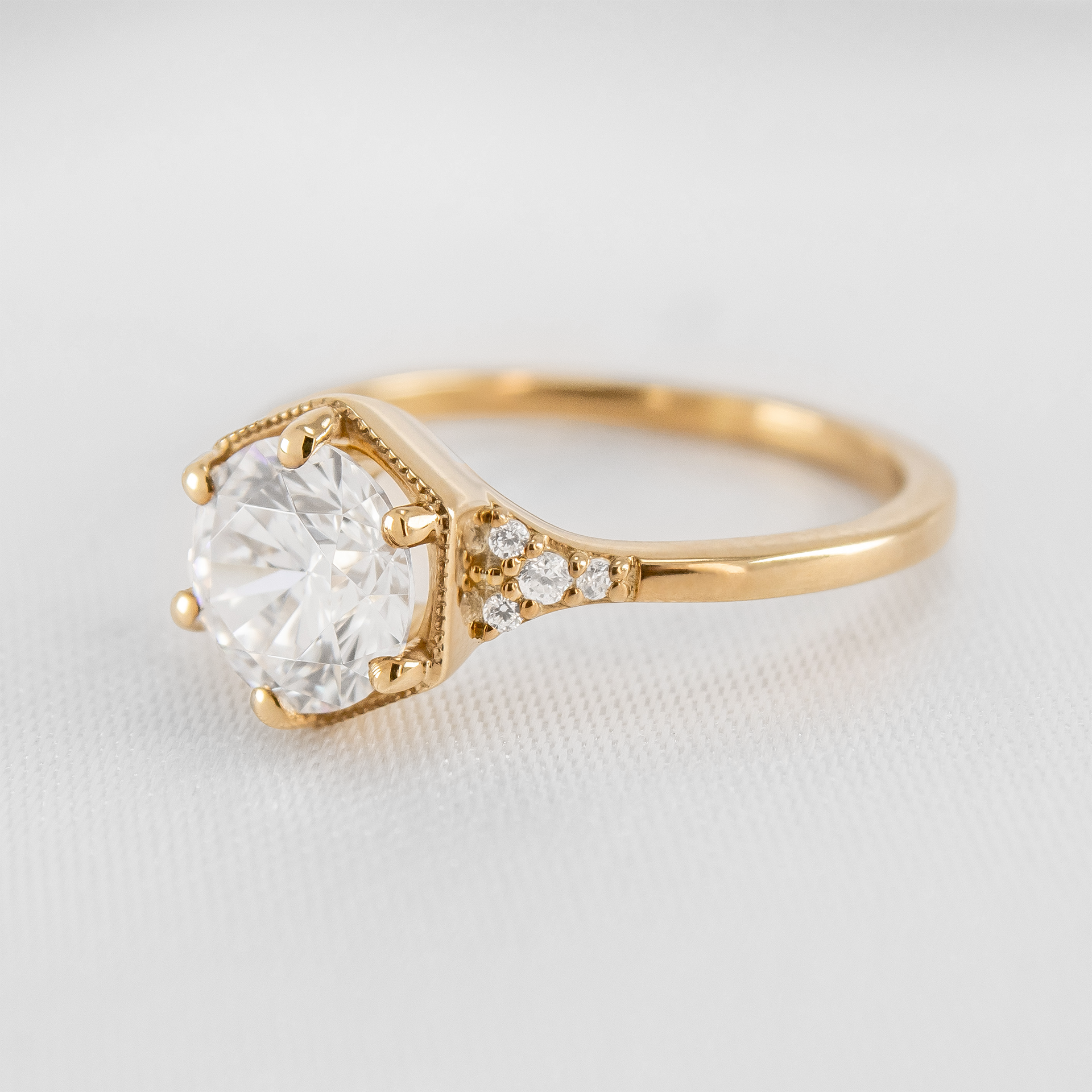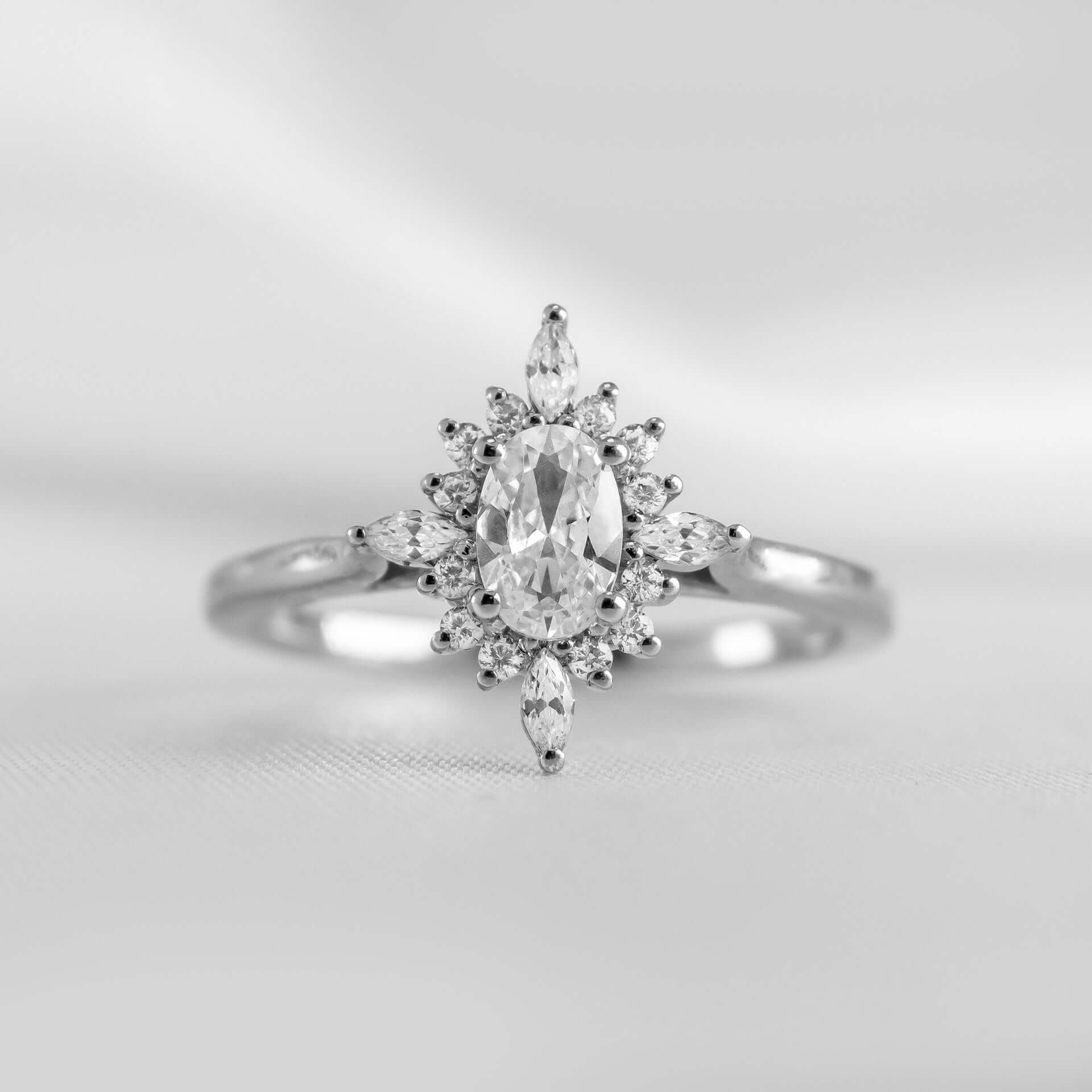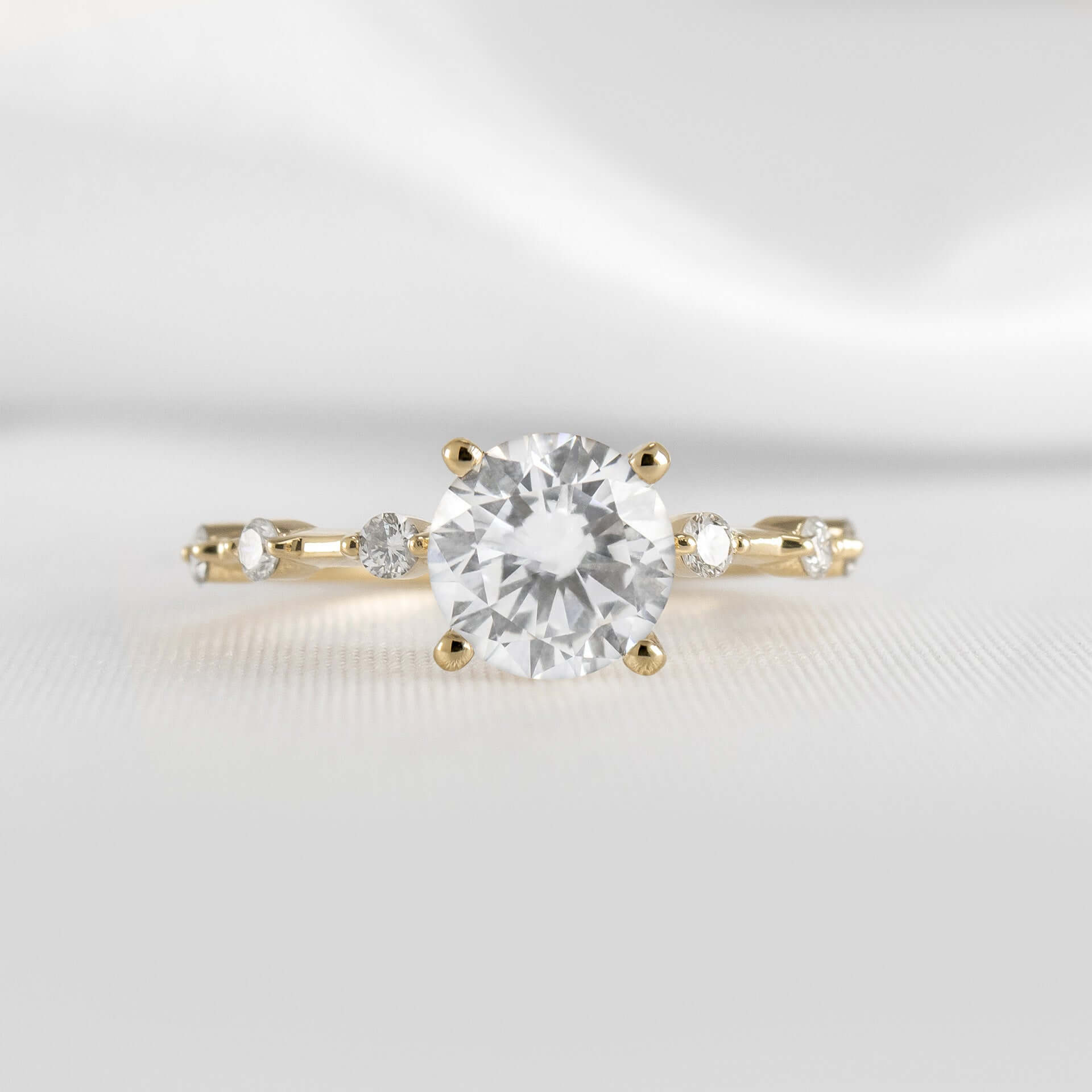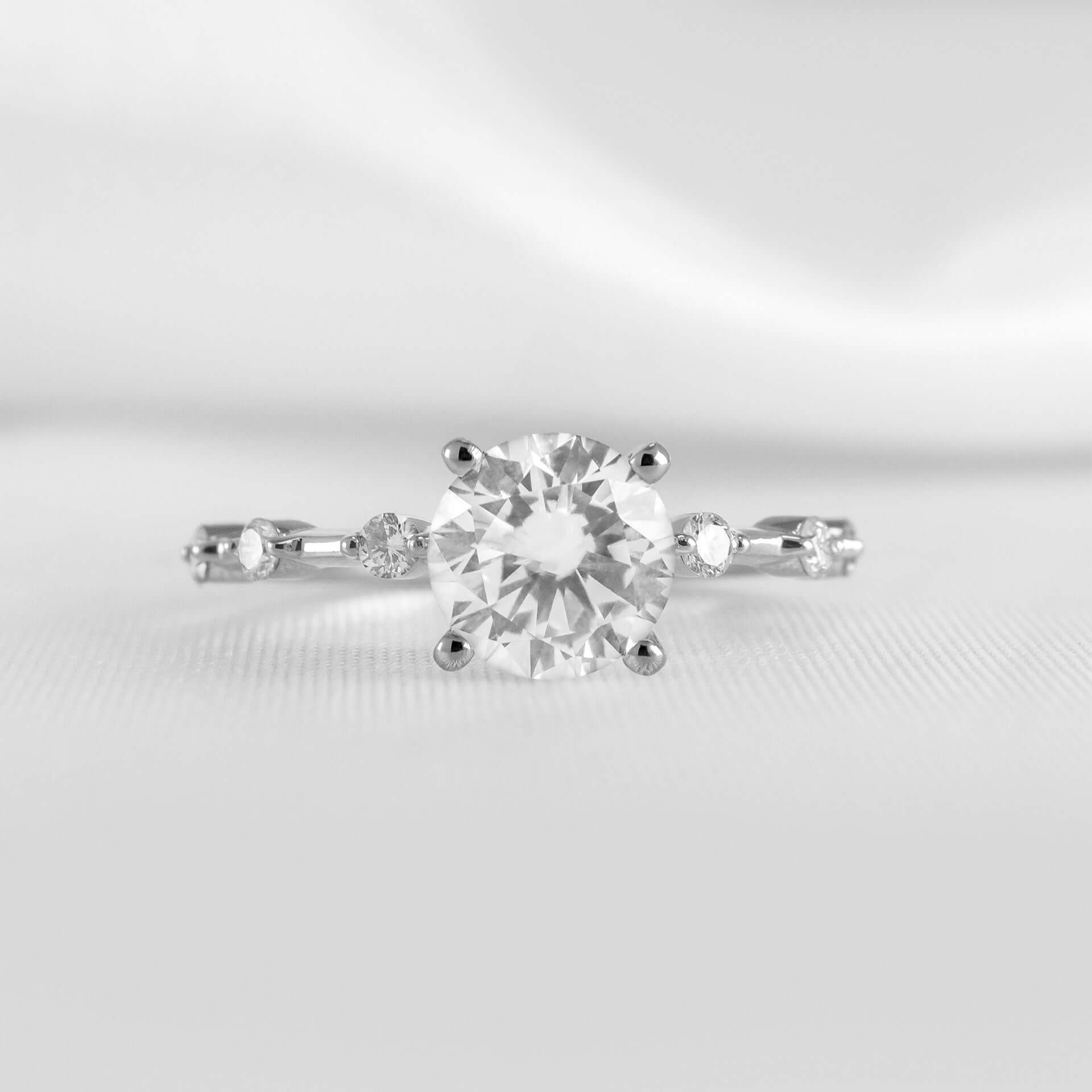The Ultimate Guide to Choosing the Perfect Solitaire Engagement Ring
In the search for the perfect engagement ring, the solitaire style has stood the test of time. With its timeless elegance and classic appeal, a solitaire ring is a popular choice for many couples. But with so many options available, how do you choose the perfect solitaire engagement ring that will dazzle your loved one?
In this comprehensive guide, we will walk you through everything you need to know about selecting the perfect solitaire engagement ring. From understanding the different diamond shapes to considering the 4Cs (carat, cut, color, and clarity), we will provide expert advice to help you make an informed decision. Whether you're shopping for a round brilliant, princess, or oval-cut diamond, we have you covered.
We'll also delve into the different ring metal options, such as colored gold in white, yellow, and rose, as well as platinum, and help you decide which one complements your partner's style and preferences. Additionally, we'll explore setting styles, diamond certifications, and budget considerations.
Choosing the perfect solitaire engagement ring is a momentous decision, and we're here to guide you every step of the way. So let's embark on this journey together and find the ring that symbolizes your love and commitment.














